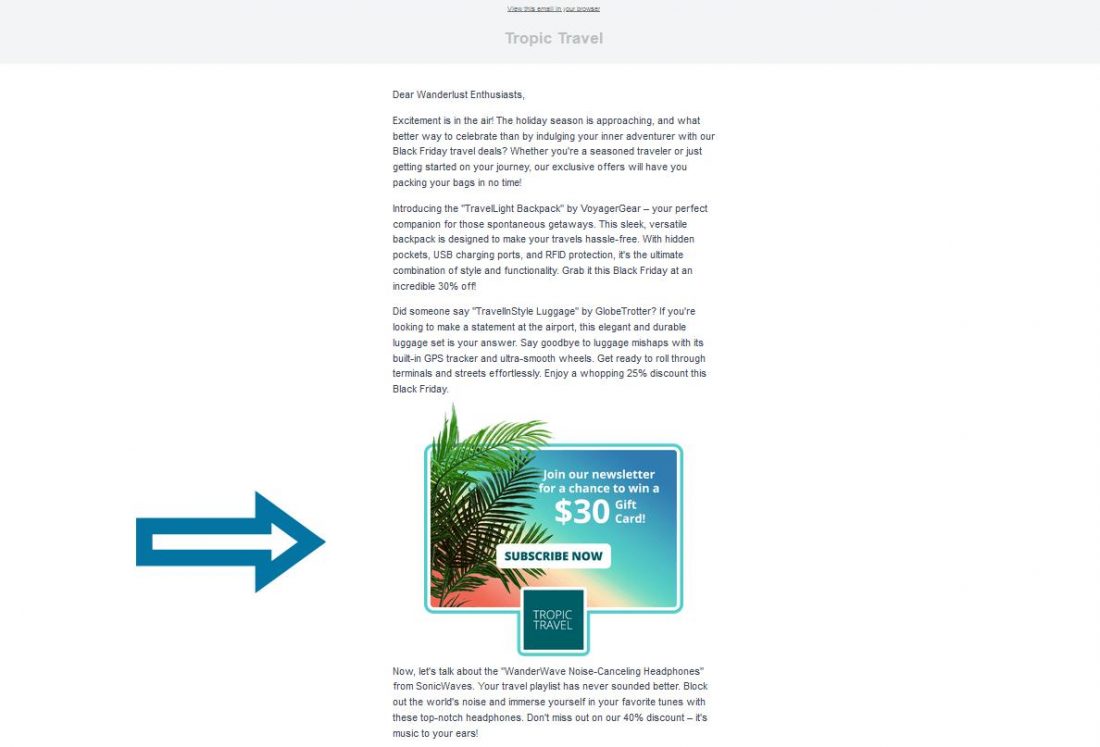8 Native Ad Solutions for E-commerce Companies
Are you looking for a high-impact approach to boost your ROI? Native ads might be the ideal solution for e-commerce brands aiming to engage audiences seamlessly
Unlike traditional banner ads, native ads do not clutter a webpage but rather integrate into the context of a website, app, or social media platform and, therefore, are non-intrusive. To an e-commerce business, this means a larger potential for conversions and increasing brand awareness.
Below, we will discuss 8 native ad solutions for e-commerce companies, describe their strengths, and how they can be utilized.
Sponsored Content on Publisher Sites

Sponsored content on publisher sites is fairly straightforward and one of the most common methods of Native Advertising. Ecommerce brands that partner with high-traffic websites get their products presented through sponsored articles, reviews, or guides.
The content will structurally come in the form of regular editorial material but will be embedded with a soft promotional message. When done correctly, the sponsored content fits with the content on the rest of the site, educating valuable information readers while also introducing them to your brand in a gentle way.
To make your advertising content even more effective, ad server like Epom can be utilized to deliver real-time native ads. Ad servers use algorithms to show relevant content to users based on their browsing habits and preferences, ensuring your sponsored ads reach the right audience at the right moment. The dynamic nature of these ad servers allows for better targeting and optimization, maximizing engagement and conversion potential.
Example. An e-commerce home decor website partners with a leading lifestyle blog to publish an article titled “Top 10 Fall Home Trends”. The article contains several beautiful images of the brand’s products, supported with general decorating tips, to subtly influence readers to make a purchase.
In-Feed Social Media Ads

In-feed native ads on platforms like Instagram, Facebook, and TikTok allow e-commerce companies to make their products feature within the user’s social feed. These ads seamlessly impersonate organic social media posts, minimizing invasion into a user’s browsing experience. They work very well since targeting involves users’ behaviors, interests, and demographics.
Tip. Use eye-catching visuals and clear calls to action to entice users to click through and check out your products. Keep in mind that social media users are all highly visual, so high-quality and appealing images of the products need to be used.
Recommendation Widgets

Recommendation widgets can pop up at the bottom of articles or web pages with suggestions for content that the reader might be interested in further. This widget will indicate, within e-commerce companies, product pages or blog posts relevant to their own website that they want to recommend. This type of native advertisement feels like a natural extension of the user’s reading journey and is less likely to get ignored.
Example. A clothing brand can use a widget that suggests “Similar Products You Might Like” at the end of a fashion-related article to redirect a user to a product category on the company’s website.
Video Native Ads

Video native ads exist within video content, whether on YouTube or through other streaming services. These ads are generally short and part of the content experience, pre-roll, mid-roll, or post-roll. This ad format works better for e-commerce brands, as it includes showcasing products in a more interactive format that manages to retain viewers longer and convert them.
Strategy. Keep videos short and ensure they are formatted to fit the content your audience is viewing.
Branded Content Collaboration

Other forms of native advertising that work amazingly for e-commerce involve collaborating with either influencers or content creators to create branded content. The influencers would incorporate your products into their content organically, whether through tutorials, unboxing, or reviews.
Example. A beauty e-commerce brand partners with a YouTube influencer to create a makeup tutorial using its line of products. This shows the influencer’s audience the product in action without actually feeling like they are being sold to.
In-App Native Ads

For e-commerce firms with mobile apps or targeting mobile application users, in-app native ads are one of the smart options. The in-app native ads appear inside the natural paths of the app and generally appear as if they belong to the interface of the mobile tool or gaming app.
Tip. Your in-app native ads should be non-interruptive to the user experience and link directly to product pages or promotional offers.
Search Native Ads

Native search ads appear as suggestions within the search results for search engines like Google, Yahoo, or Bing. These are highly relevant to the user’s intent and, hence, very useful for e-commerce companies to drive traffic directly from search results to product pages.
Recommendation. It would be prudent that the product pages be optimized for relevant keywords so that the search ads could pop up whenever there are queries about what the e-commerce offers.
Email Newsletter Native Ads

Display native ads in email newsletters. This is a subtle yet efficient method of reaching potential customers. This may involve collaborating with email newsletters whose target audience is similar to your e-commerce store by embedding mentions of products or discount codes in the newsletter’s editorial content.
Example. An e-commerce fitness brand could sponsor a newsletter about well-being, which shared workout tips; casually mentioning the brand’s yoga mats or protein supplements as a recommended product.
Final Thoughts
Native advertising offers online e-commerce companies a subtle yet efficient method to reach potential customers, smoothly integrating into the organic use of the internet. If done right, with deliberate platform and format choices, brands add value to consumers while promoting their products in ways that feel organic. Displays for native ads come in many forms, including in-feed social media ads, sponsored content, and video placements; all can drive up engagement and conversions without disrupting user experience in e-commerce companies.

